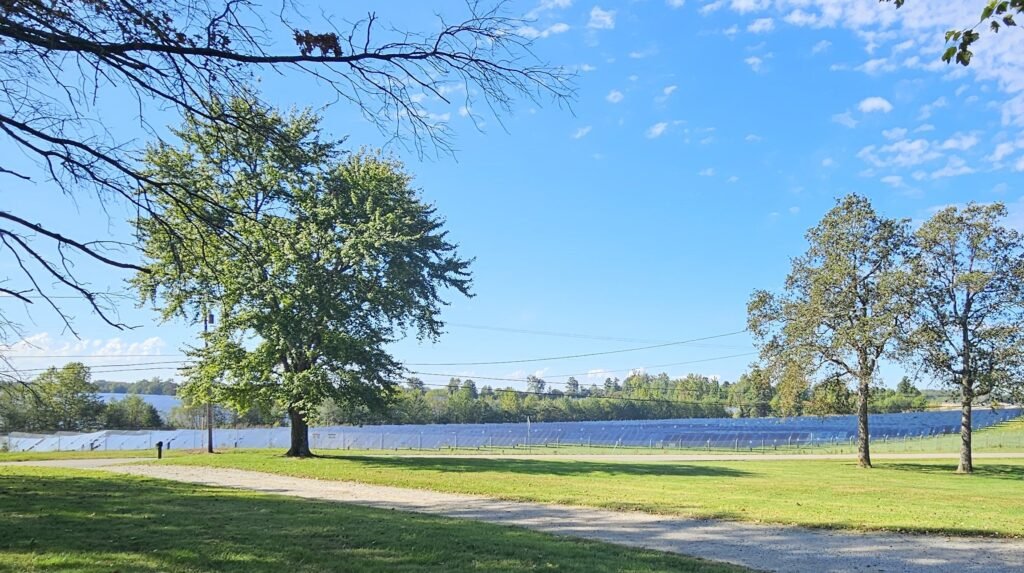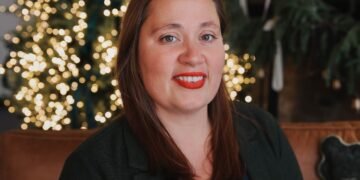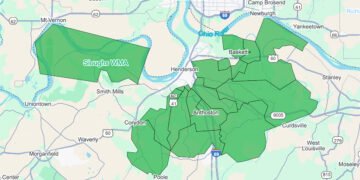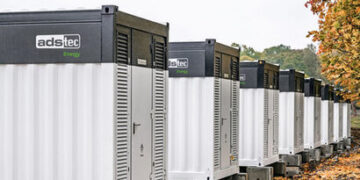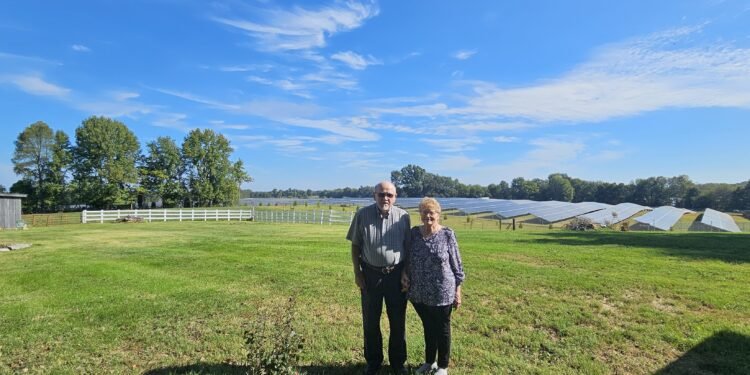Octogenarian couple adjusts—begrudgingly—to life in the middle of solar fields
(This article first appeared in the November print edition of the Hendersonian)
Willis and Glenda Spencer’s home was built in 1870 by Willis Spencer’s great grandfather. He says it has been owned by a family member ever since.
The Spencers, meanwhile, have owned the house for 35 years after they bought it from one of Willis’ cousins. It was rundown then, in disrepair, but Willis Spencer did a mountain of work to it. It’s a lovely home, clean and neat, set on about six acres among fields where corn or soybeans once grew.
Out back there’s a barn that’s said to be as old as the home and provides shelter for three calves. There’s also an extra critter, a groundhog, that Willis has been trying to eradicate, but as of this writing, he’s not been successful.
The couple had lived in Henderson for many years, but Willis Spencer said he’s a country boy at heart and always wanted to get back to the country. All told, the six acres upon which the Spencers live provide the quiet, country life they’ve always wanted and the place they’ve grown old together. He’s 89, she’s 83.
A few years back, the idyllic lifestyle the couple love began to change. Now, their home sets smack dab in the middle of 4,000 acres of solar panels that have been erected in fields in southern Henderson County near Robards. In any direction you look, there are rows and rows of solar panels, almost as far as the eye can see and a view they’ll live with as long as they remain in their home.
“We would rather see corn or beans growing,” Willis Spencer said.
“We feel sick,” Glenda Spender said.
“I’ve accepted it, but I don’t really like it,” Willis Spencer said.
The Spencers’ daughter, Kelly England, said her parents and many in the area were not fully aware of what was happening in the lead-up to the solar companies’ building the acres and acres of solar panels. There were meetings put on by the solar companies, but not many knew about them. The Spencers went to one, but Willis said they weren’t informed enough before the meeting to ask the right questions. Additionally, they were the only two people who showed up to that meeting.
In addition to the view, they’re also concerned about negative effects of the solar panels. Glenda worries about a tornado whipping through the area and blowing panels onto the house; Willis worries about emissions.
And they both sit on the porch and watch all-day truck traffic bringing supplies for continued solar panel installation on a parcel nearby.
Early on, Kelly England said she was led to believe her parents could get some compensation from the solar companies, but later communications ended with a similar statement: “Our companies haven’t done anything wrong,” she was told.
She also contacted an attorney but didn’t go beyond that. She had hoped that her parents would sell their house and move. The Spencers wanted to stay in their home, though.
“These are just older people and this is all they have in this world,” Kelly England said. “And it’s ruined, in my opinion.”
Her parents’ story, she said, is a cautionary tale for future renewable development in the county, part of the reason Kelly and her husband, Dr. James England, have joined the group Henderson County Concerned Citizens-HC3. Kelly England believes that, like her parents, many in the community weren’t fully aware of what could occur during the planning stages—and the lease signing stages—of the solar developments near Robards.
Kelly England says government officials should have had a better understanding of the implications of the projects—and they should have let residents know. But “we didn’t do our due diligence either,” she said.
“We allowed ourselves to be slept-walked into this,” she said.
They say they don’t want that to happen again as Cordelio Power attempts to bring a wind farm to the eastern part of Henderson County.
Cordelio has said that it wants to build between 50 and 70 windmills at about 700 feet each. A Cordelio vice president has said more recently that the number of windmills could end up being fewer than 50.
That is still too much of an impact, and a transformation of the countryside, say the Englands and other members of HC3.
The massive solar developments in the Robards area are have not only changed the countryside, but has also destroyed the fabric of the small town, pitting neighbor versus neighbor and even family member versus family member, England said.
“It’s torn this community apart,” she said. “It’s torn friendships apart.”
On the other side are those who have signed leases with Cordelio. Many, like those who signed with the solar companies and say that as landowners they have the right to do with their land as they please.
England, though, said those rights end when what someone does on their land affects the quality of life of other residents on theirs.
Now, Willis Spencer says he’s resigned to the solar panels surrounding his land, though he doesn’t like it.
“I enjoy living here,” he says. “I want to stay here, if I can.”
With the Spencers will be solar panels as far as the eye can see, replacing the corn and soybeans that once grew in their place.
